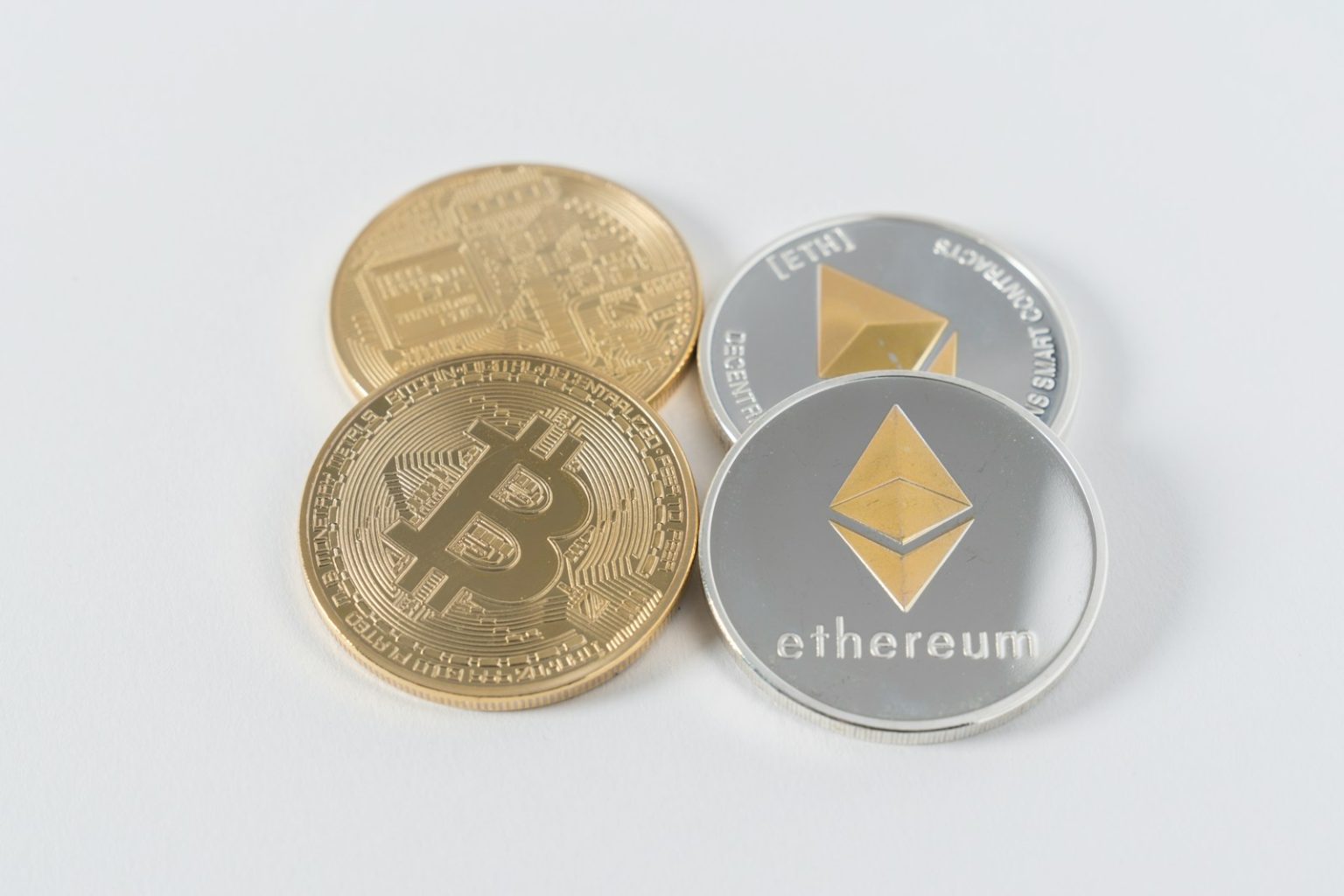Fidelity, a financial services company managing $5.9 trillion in assets, has launched new retirement accounts that allow Americans to invest in crypto with minimal fees. The three accounts — a tax-deferred traditional IRA and two Roth IRAs (one of which is a rollover) — permit the buying and selling of Bitcoin, Ether, and Litecoin under a 1% spread fee on the execution price of crypto transactions. These crypto IRAs are offered through Fidelity Digital Assets, a subsidiary traditionally catering to institutional investors in the crypto market.
The introduction of these accounts to a wider client base may be indicative of the evolving crypto landscape in the United States. Fidelity states that it holds the majority of its cryptocurrency in cold storage for enhanced security. The company charges no fees to open or maintain the accounts, aiming to make crypto investing in retirement accounts more accessible.
Fidelity’s new crypto retirement accounts
While the inclusion of direct cryptocurrency purchases in IRAs has never been strictly prohibited, it has been uncommon among IRA providers. Fidelity’s new offering could signify a shift in the retirement investment environment, particularly after the debut of Bitcoin and Ether ETFs in 2024.
These ETFs already offer investors exposure to crypto markets within retirement accounts, depending on the brokerage. Additionally, self-directed retirement accounts that offer tax advantages and focus on digital assets have been available through companies like BitIRA, allowing individuals to add alternative cryptocurrencies like Litecoin to their portfolios. The trend towards incorporating cryptocurrency in retirement planning seems to be gaining momentum.
Recently, Alabama Senator Tommy Tuberville announced the reintroduction of legislation to ease regulations by the Department of Labor, potentially making it easier for Americans to include crypto in their retirement plans. This move by Fidelity and other companies reflects the growing acceptance and integration of cryptocurrency into traditional financial systems, aiming to offer more diverse investment opportunities to the public.
Photo by; Thought Catalog on Unsplash

